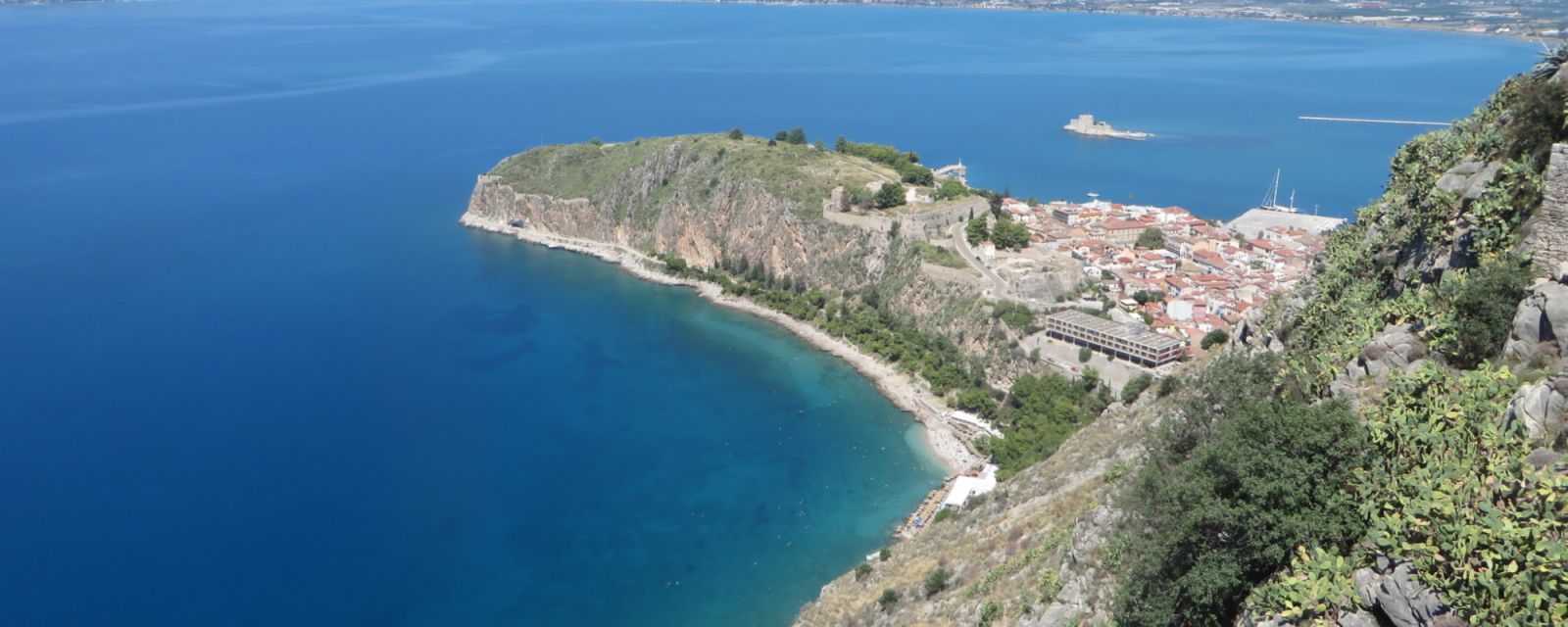The Peloponnese: what to do instead of lazing on a Greek island
You could go to Greece and catch the rays on a gorgeous chalk-walled beach on one of the country’s 6 000 islands (only 227 are inhabited). No one would blame you. Many would be envious.
You could do that. Or you could pack a pair of walking shoes and head for the Peloponnese, that peninsula on the westernmost side of the country that is connected to the rest of Greece by the Isthmus of Corinth.
It’s an entirely different type of holiday, one full of fascination and adventure. If you are into watching the locals gossip, argue and play in a town square on a summer’s evening, or hunting for – and at last finding – a traditional restaurant because the most obvious ones are the ones the locals use and are probably not even Greek, then this is the holiday for you.
The triumph you feel when you dig your fork into a bowl of wine-dark octopus stifado in that traditional restaurant is exquisite. So is the stifado. If you are lucky, of course. If you are not, it’s all part of the adventure.
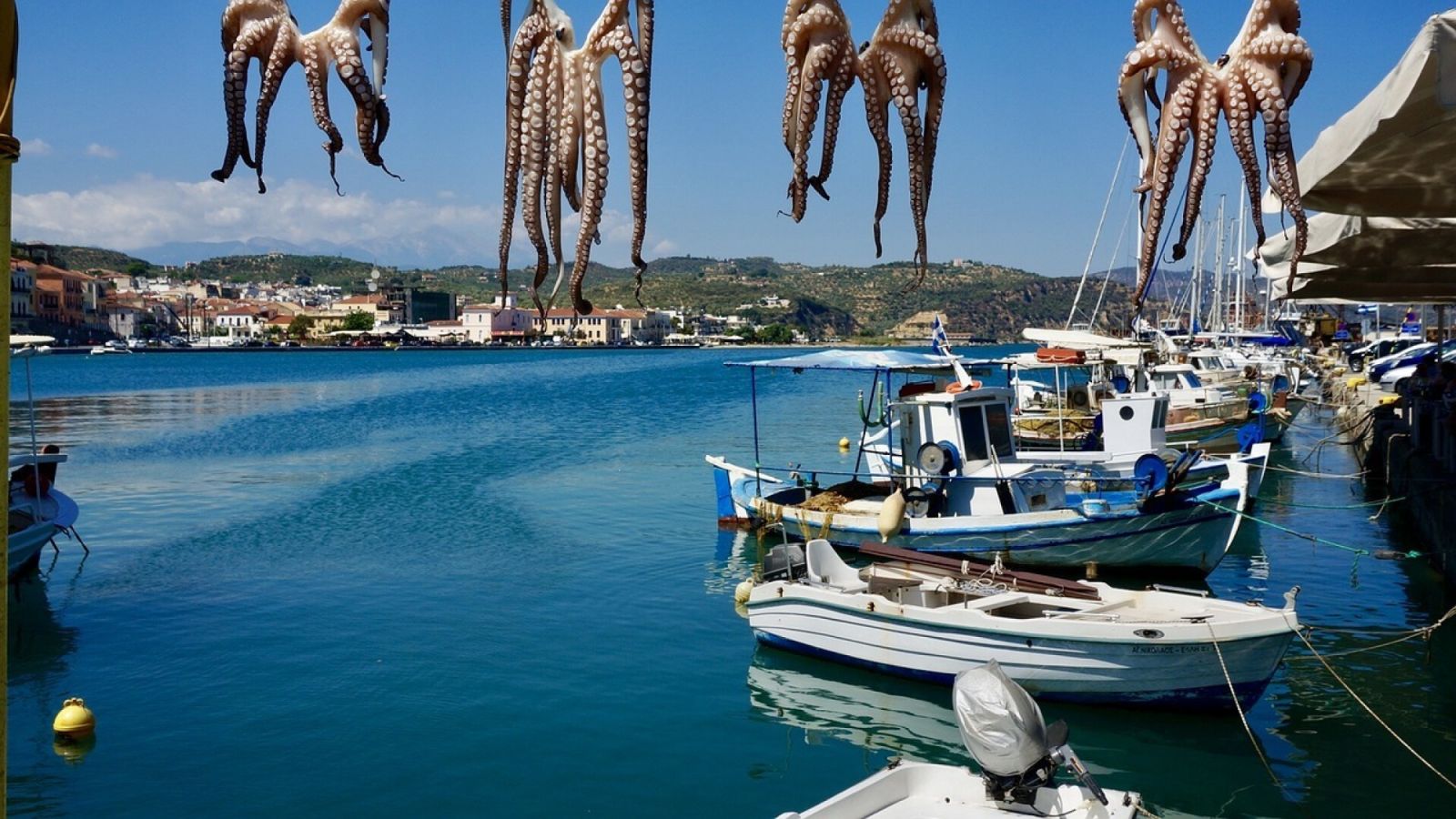
Squid, ready for the enjoyment
There is joy too in the hunt. Exploring windy old streets that totter away from the platia, the town square, where mothers let their children roar about on plastic motorbikes while they swap the latest news and grandfathers squabble over tavli (a backgammon-style board game) and ouzo.
End the meal with coffee and that quintessentially Greek dessert – Greek yoghurt scattered with walnuts and drizzled with honey – and discuss the highlights of the day’s exploration.
Greece is one of those places where myth, history and legend are so intertwined it is difficult to separate the skeins of the story. And who would want to? This knotty problem is an integral part of the fun.
The Peloponnese is where the formidable Spartan nation had its home, at Sparti in the south. That’s not far from Kalamata, famous for the olives, but where you can laze on gorgeous beaches too.
Sparti is well worth a morning’s exploration. It’s gorgeous, with the Taygetos mountains behind, scraggly as a nine-year-old’s set of teeth, snow-topped in winter and where the Spartans notoriously abandoned criminals and “unfit” newborns into a chasm known as Ceadas or Caeadas.
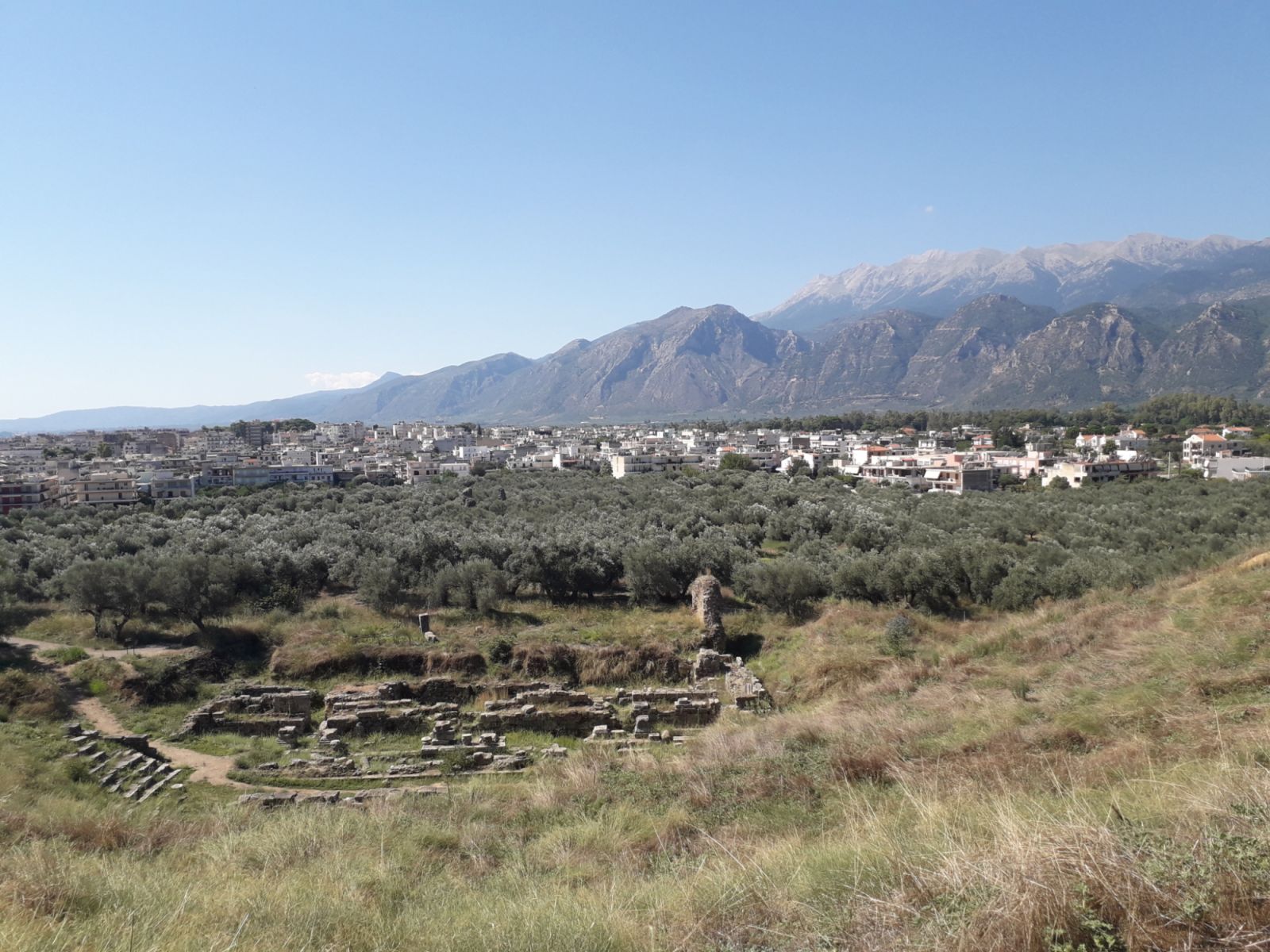
The ancient theatre of Sparta, with modern Sparti behind, and in the distance the scraggly Taygetos mountains
It is in the Peloponnese region that, for 12 centuries, people from all over ancient Greece competed for athletic glory at Olympia. The ancient Olympic site is chock-full of all the myth, history and legend that you could want. Run the length of the stadium, visit what’s left of the Temple of Hera, built around 590BCE, and the ruins of a sumptuous villa built for the infamous Roman emperor Nero around 1CE. (Some say he had bad press.)
Have lunch in a hilltop town, or picnic on the banks of the Lousios River after hiking Lousios Gorge, craning your neck to see tiny monasteries clasping desperately to the sheer white rock face.
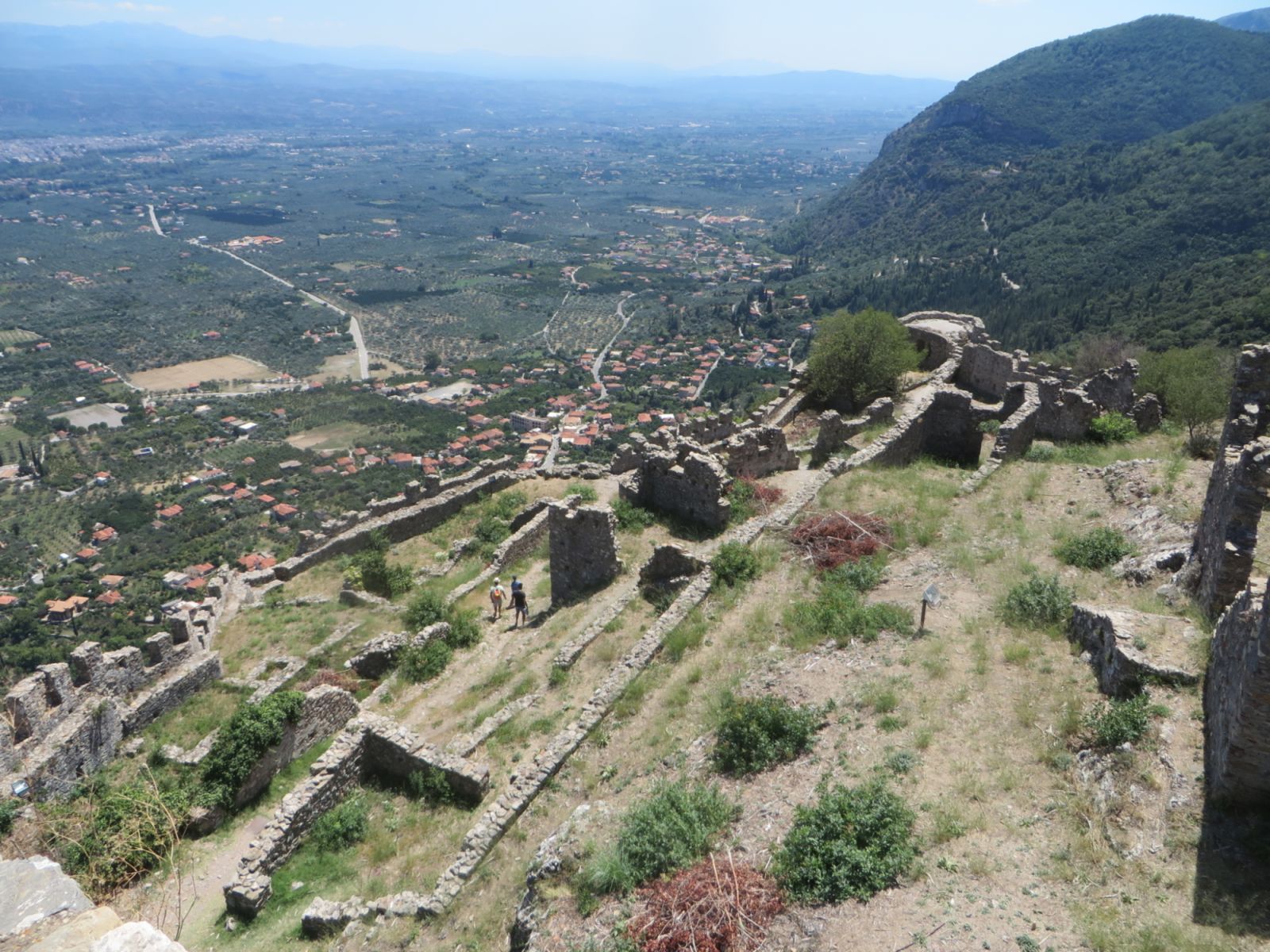
The ruins of Byzantine Mystras are well worth a full morning’s exploration
At the medieval city of Mystras walk in the flower-filled courtyard of a monastery that has been inhabited since September 1429. Remember you’re in Greece, so the Pantanassa Monastery is sort of like a teen or maybe a young adult as far as tourist sites go. (Argos, in the north-east of the region, is one of the oldest continuously inhabited cities of the world, which experienced its greatest period of expansion and power under the energetic 7th century BCE ruler King Pheidon, apparently a descendent of the hero Heracles, the son of the king of the gods, Zeus.)
Mystras is full of Byzantine chapels and homes. Now a United Nations Educational, Scientific and Cultural Organisation World Heritage Site, Mystras was erected around a fortress built in 1249, conquered by the Byzantines, occupied by the Turks and the Venetians, and abandoned in 1832.
All this is not to say the Pelopponnese is lost in the mists of time. Swim at Nafpilo with the pulse of pop music in your ears, cycle through the villages around the centrally-situated town of Tripoli or go wine-tasting (there are many vineyards to choose from).
In the evening, relax with an ouzo and a vast platter of seafood while you peruse your options for the next day. In the Pelopponese there are many.
In the mid-1800s archaeologists discovered that Mycenae, a powerful ancient empire thought to be mythical, was real. Mycenae has been inhabited since at least 5 000BCE
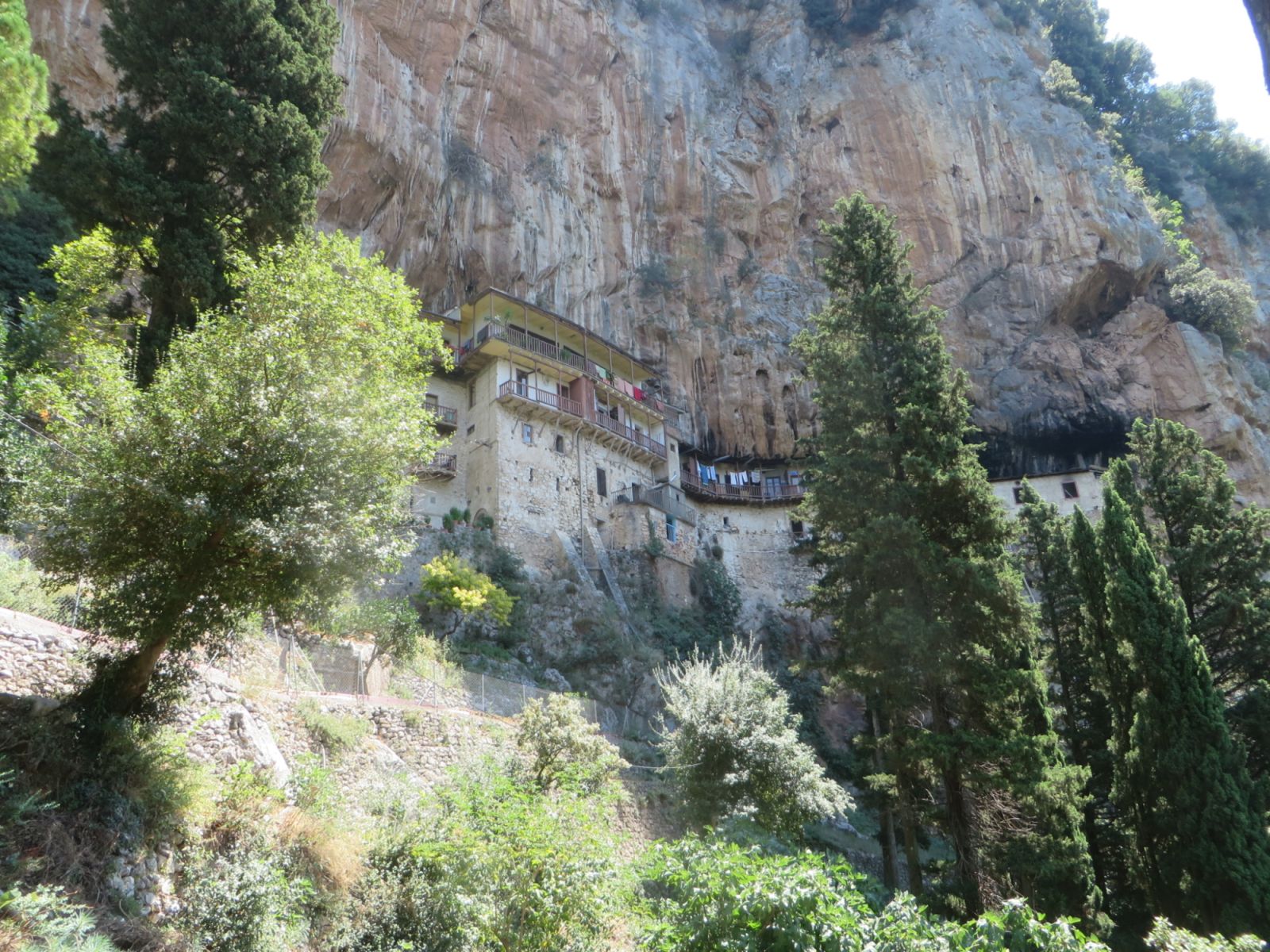
One of several monasteries clinging precariously to the cliffs of Lousios Gorge
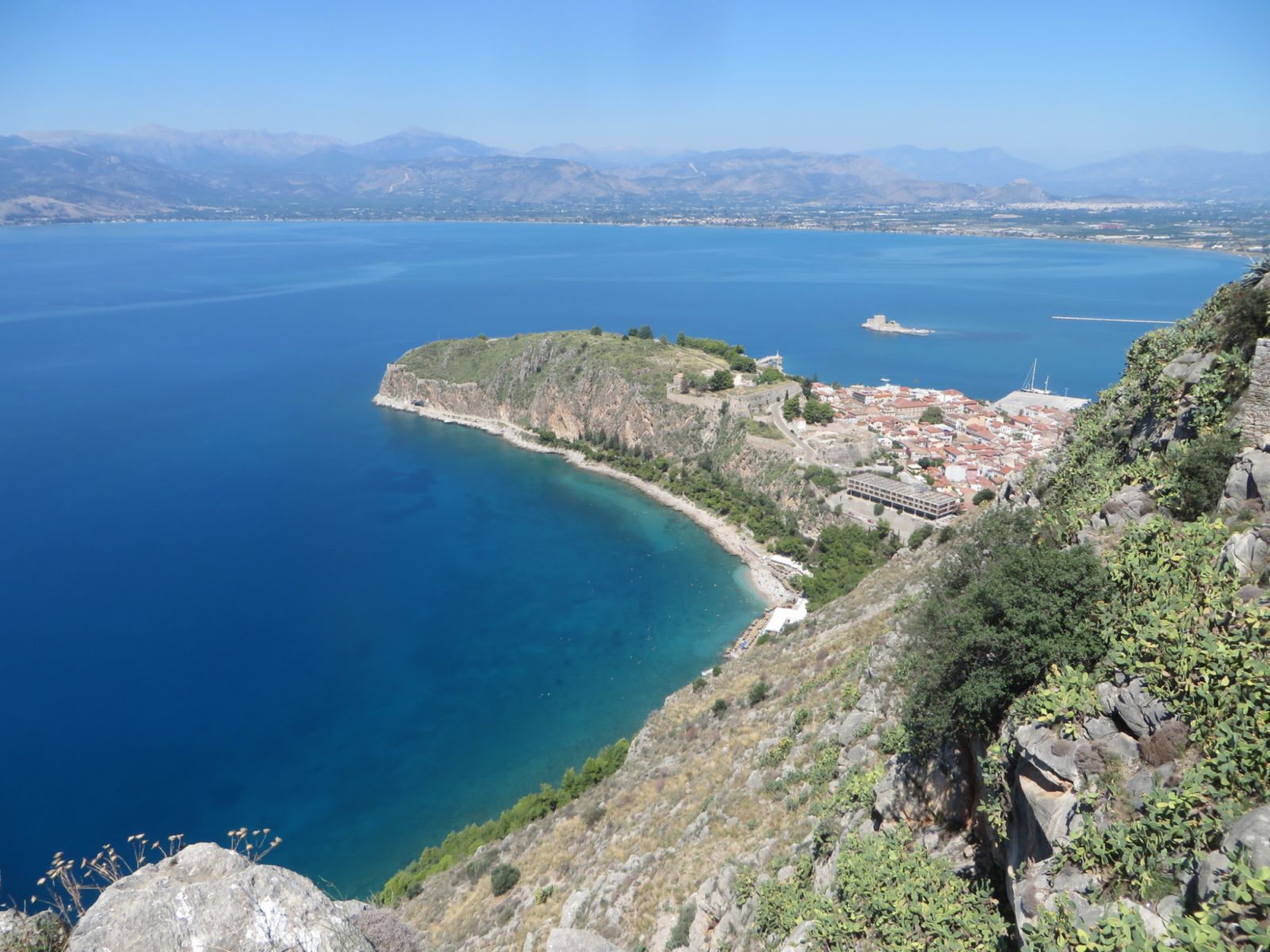
The view from the steep staircase leading to Nafpilo’s Palamidi fortress
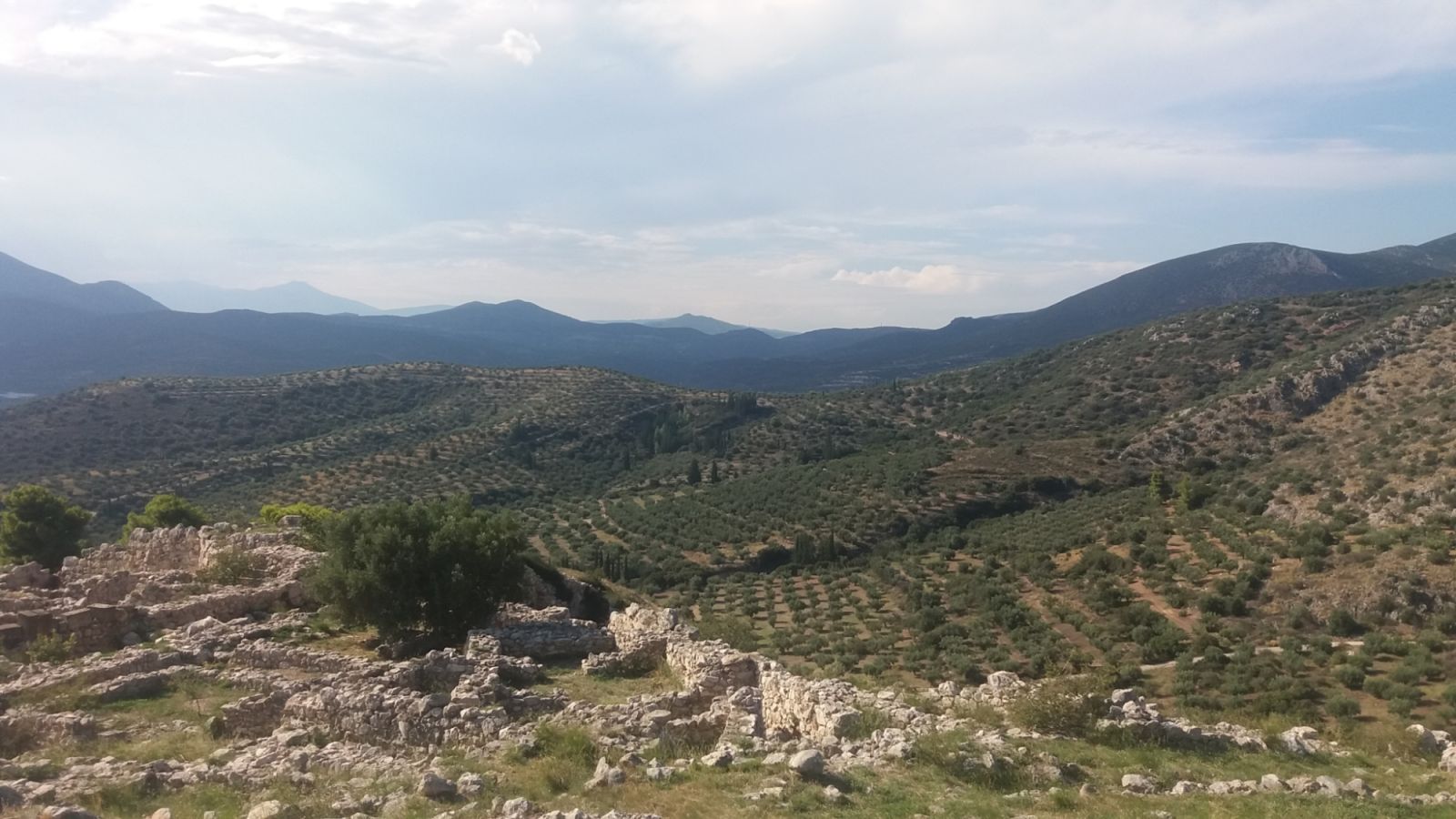
Olive groves, viewed from the ruins of Mycenae, an archaeological site believed to be where the the mythical king Agamemnon, commander of the Greek forces in the Trojan war, had his kingdom
